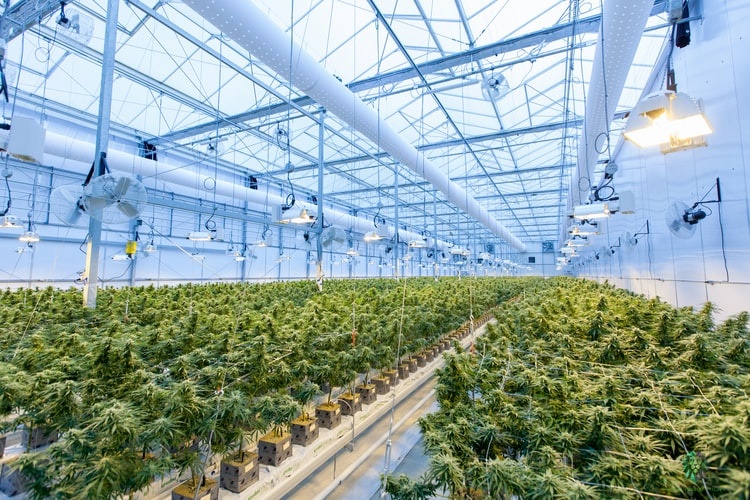While there are many ways to grow Cannabis sativa, greenhouse cultivation has a number of perks. Controlled environment agriculture (CEA) greenhouse technologies have progressed and made production easier and more profitable.
But let’s start with a basic and obvious reason to cultivate in greenhouses — year-round production. The benefits of multiple harvests go beyond crop output. A continuous indoor setup allows more control over each harvest, experiment with various fertilizers/technologies, and — if you desire — be a seed provider for the next outdoor cultivation season.
Yet, partial or full sunlight can help allay the energy costs associated with indoor cultivation, possibly by as much as 75% per pound of flower.
Not to mention, indoor cultivation is rapidly changing thanks to technology. Take hydroponic cultivation as an example. While conventional cultivation allows plants to root in natural soil, hydroponic systems are non-soil based. This allows you to flood plants with nutrient-rich water and, in turn, plants save energy as they aren’t constantly searching for these nutrients in soil.
Interestingly, a survey conducted among California’s cannabis growers found that, although cultivators are using a wide array of tools, greenhouses are a common theme. [1] For example, while many surveyed farmers (41%) grew outdoors only, a larger percentage depended on (10%) and integrated (40%) greenhouses.
Still, if you have experience growing, you already know there are tons of factors to consider. In the aforementioned survey [1], it was found that “growers reported using more than 30 different soil amendments and foliar nutrient sprays.” The same can be said about supplementary lighting equipment, water storage, airflow techniques, etc. Your greenhouse is bound to look different than your neighbors.
Greenhouses may be an innovative way to simplify. Tim Keogh, CEO of AmeriCann, developed a 52-acre facility in Massachusetts for licensed cannabis producers and cultivators. The hybrid indoor/greenhouse layout provides a cheaper year-round alternative for cultivators by intaking 65% natural lighting.
Of course, growing cannabis in a greenhouse may come with unforeseen challenges. Whether you miss all the hermaphrodites and they send pollen to nearby plants or you don’t have the right technology to grow the best-quality hemp possible, sometimes things go wrong.
For this reason, expert grower, consultant, and educator Eric Brandstad suggests beginners start with a small greenhouse set-up.
“I find myself talking more growers off the ledge into a smaller, more economical greenhouse than what they otherwise would have started with, and it saves them a lot of headaches,” he tells Greenhouse Grower.
It’s beneficial to look into flexible designs for your geography’s seasonal changes (i.e. finding the right airflow and venting). From there, you’ll want to understand photoperiod manipulation with cannabis/hemp varieties. Also, it’s important to test soil and water before preparing fertilizer rates. And these are just the basics.
If you’re planning on starting greenhouse cultivation for hemp or cannabis, definitely do your research before starting a small grow.
Photo by Richard T on Unsplash
Reference
- Wilson H, et al. First known survey of cannabis production practices in California. California Agriculture. 2019;73(3-4):119-127. Impact Factor: 1.072; Times Cited: 6








